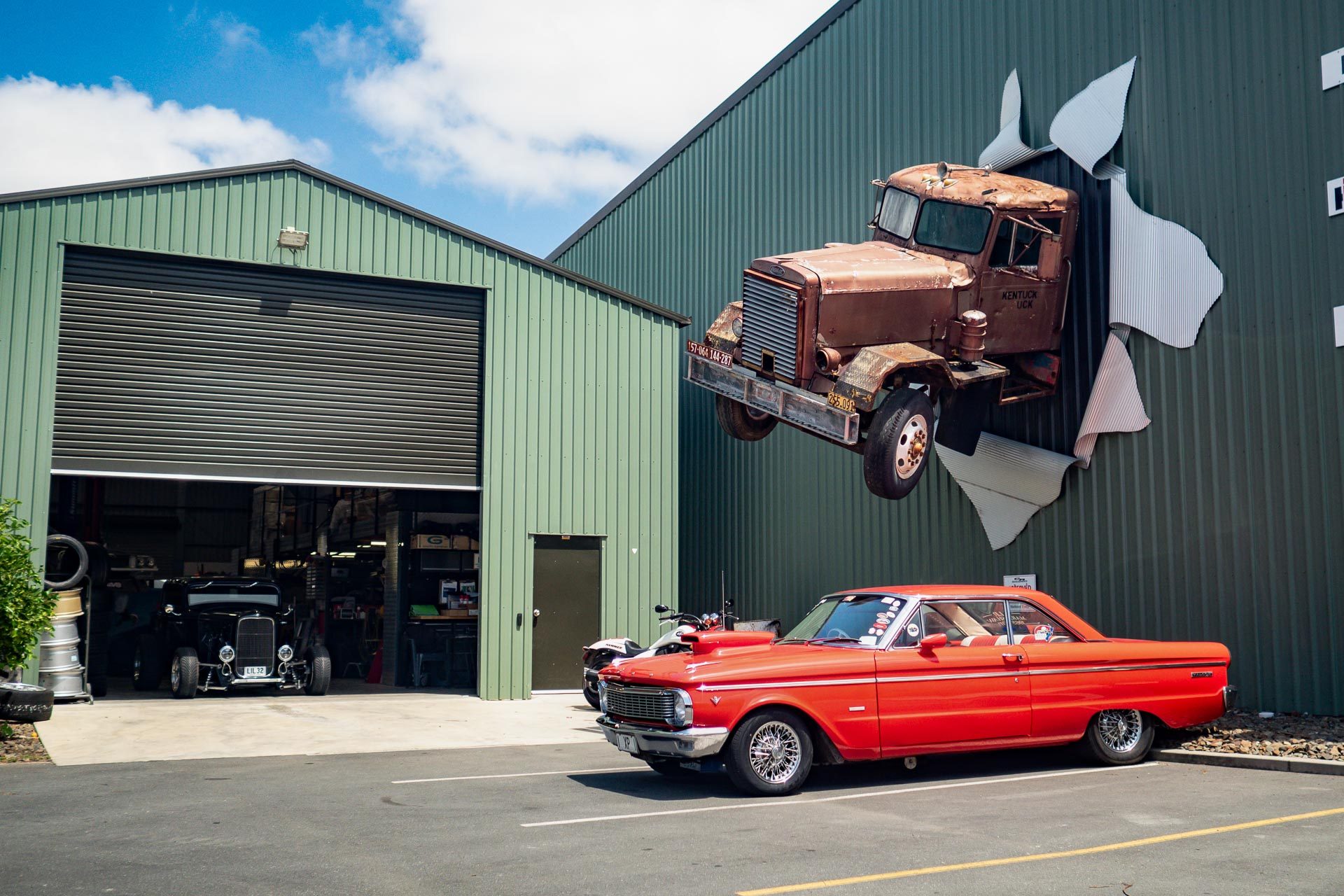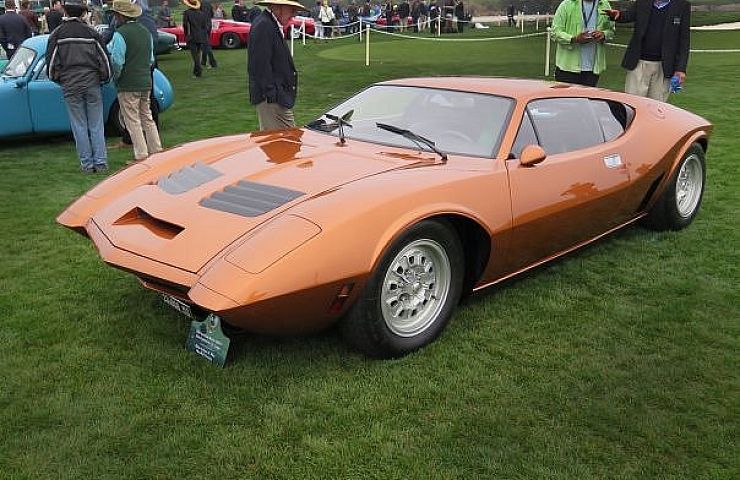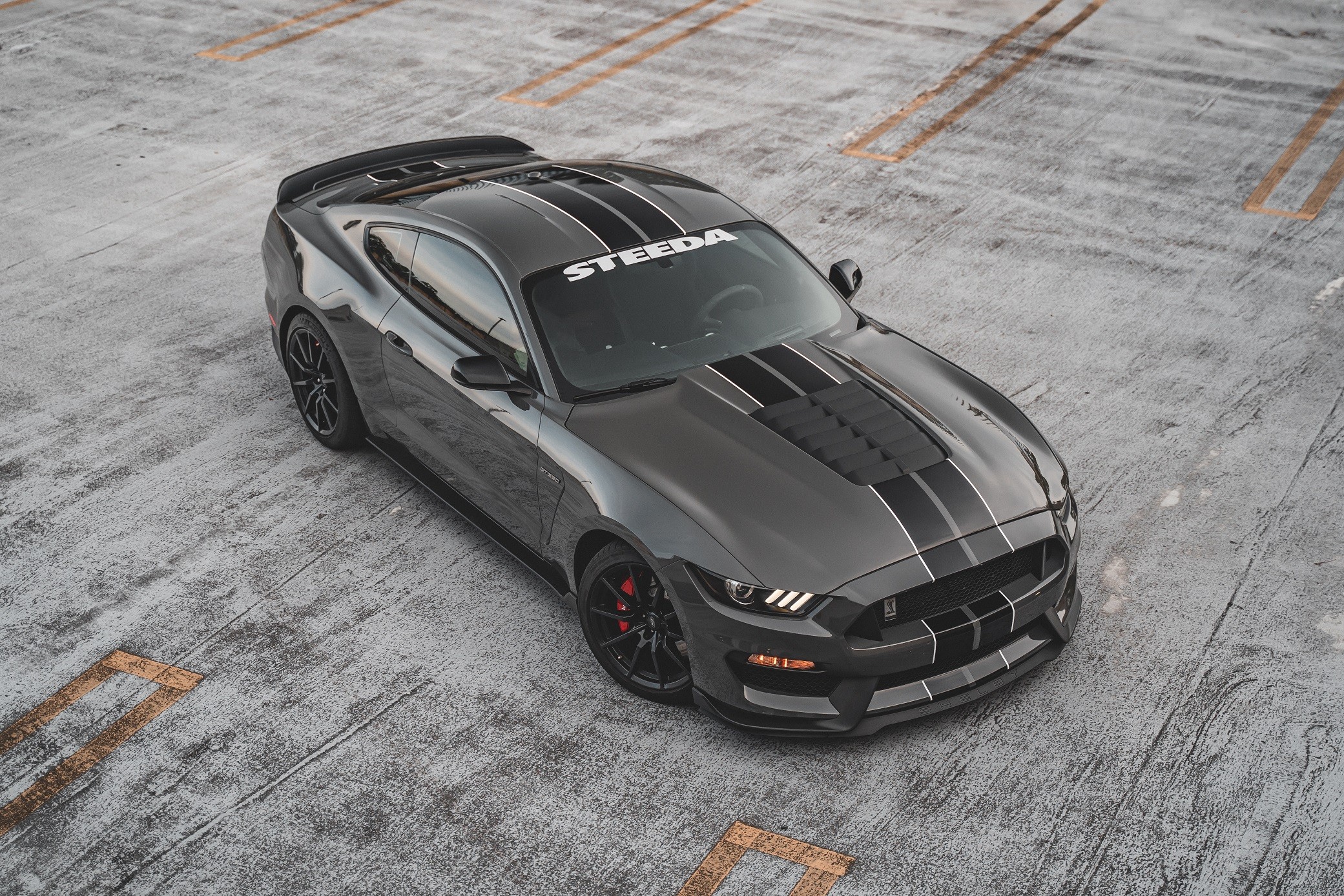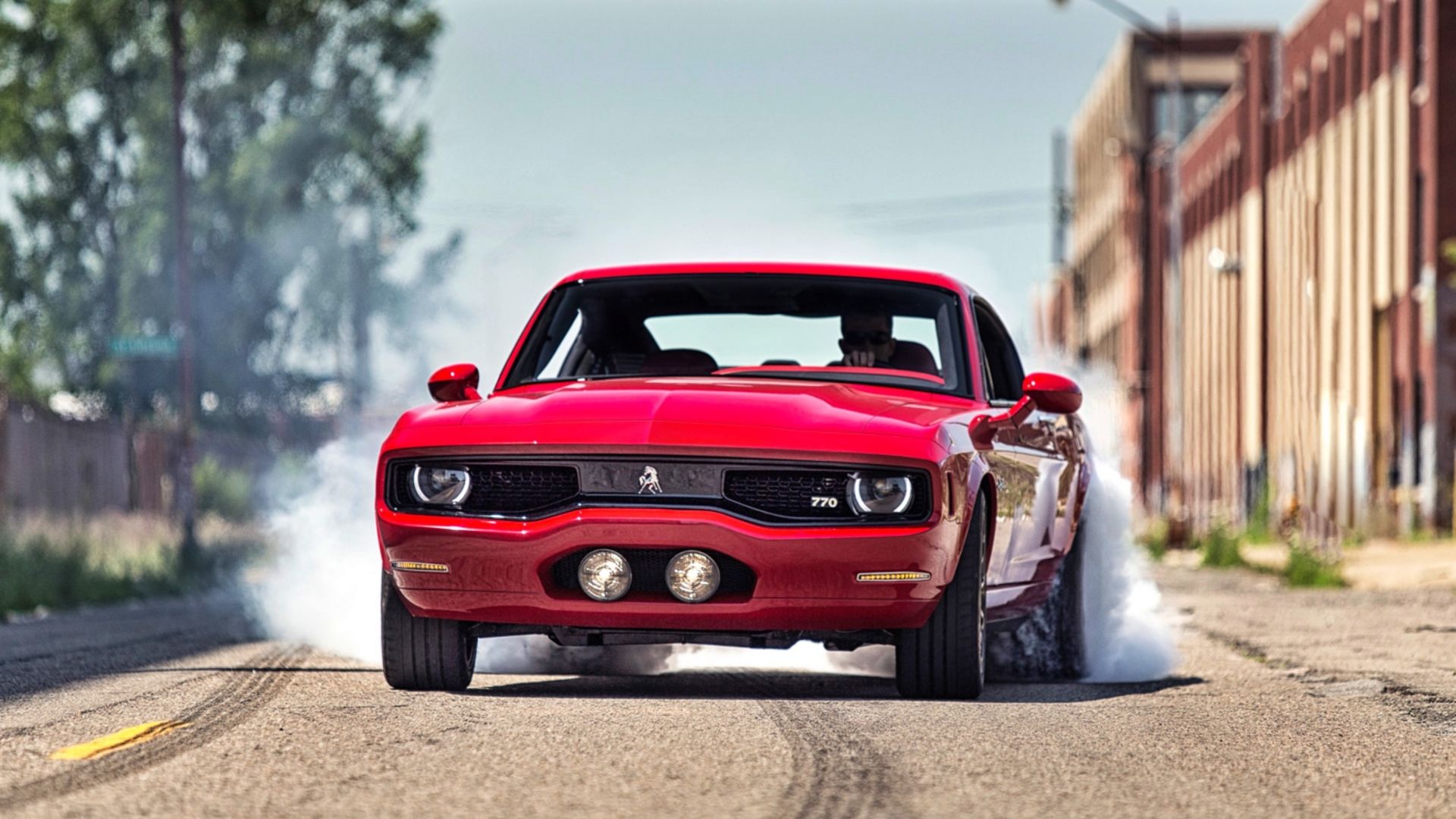In 2002 car production ceased at Ford’s Dagenham plant after some seventy years. It was a sad day in February of that year when the last Fiesta rolled off the assembly line. Since then the plant has been down-sized and now mainly produces engines albeit to a high standard but the glory days of the past when proud men would clock in at one end and the family cars that we grew up with would appear at the other are now just a distant memory.
I just about remember the launch of the Fiesta in 1976 when they unveiled it to the world in the same way proud parents might show off a new baby. There were a few giggles at the time as the car shared its name with a certain men’s magazine which could easily claim to have been there first along with its partner in crime Knave.
The Ford Fiesta was an instant success and clocked up sales of a million in the first three years. The wake of the oil crisis had created a big demand for smaller more fuel efficient vehicles and the Fiesta fell into this market with ease with its small engine and cheaper running costs. A number of other manufacturers picked up the baton and launched similar small cars of their own which gave rise to the term “Supermini” as a new take on the ubiquitous Mini. This had been around for many years but the desire for something slightly larger became all too apparent.
The Fiesta enjoyed unrivalled sales until it was knocked off the number one selling position by the Austin Metro in 1981 although it did continue to come in a close second. The reliability and build quality of the Fiesta was of a high standard and many examples of the Mark 1 Fiesta were still going strong when the Mark 2 appeared in 1983. This version has special significance for me as I used to own an XR2. My XR2 was quite a late model as I got it in 1989 the year the Mark 3 came out. It was an “F” registration and was blue with black bumpers and trim.
I thought I was the business in that car and although I cringe to admit it now would race anything away from the lights and usually won. I was only 21 and the insurance was a bit of a killer even back then but it was worth it as the car was great. By today’s standards it would come nowhere though and as I recall it was stolen as least twice and I lose track of how many times someone tried to steal it.
I remember going to Devon for the weekend with a mate and a couple of girls we were trying to impress and we ended up on a small ferry which just had a piece of chain at each end that they closed after you had driven on. The journey was short so you stayed in your car and waited for the grizzled old sailor to wave you off at the other end. When it was my turn to drive off I forgot that the car was in neutral and let the handbrake off which caused us to almost roll off the back into the harbour. There was a lot of screaming and I managed to compose myself as everyone told me that I was an idiot.
I loved that car though and it was a sad day when I received a call from the Police to politely inform me that my car had been stolen and was at that moment on fire on a local playing field. I even had to pay for the recovery of the burnt out shell.
Luckily car security was greatly improved in the 1990’s as was the Fiesta itself. The Mark 4 was a major restyle on previous models and the Mark 5 which appeared in 1999 and was built until 2002 was the last Fiesta to be built at Dagenham. This marked the end of an illustrious run of success that has continued to date with the all new Mark 7 or fourth generation which is now assembled in Germany. The Fiesta will always have a place in my memory and no doubt for the proud workers of Dagenham.






More Stories
Keep Your Ride Pristine: Supercar Storage Solutions
Revved Up for Action: Newcastle 500 Highlights
Rev Up Your Engines at Top Supercar Race Tracks